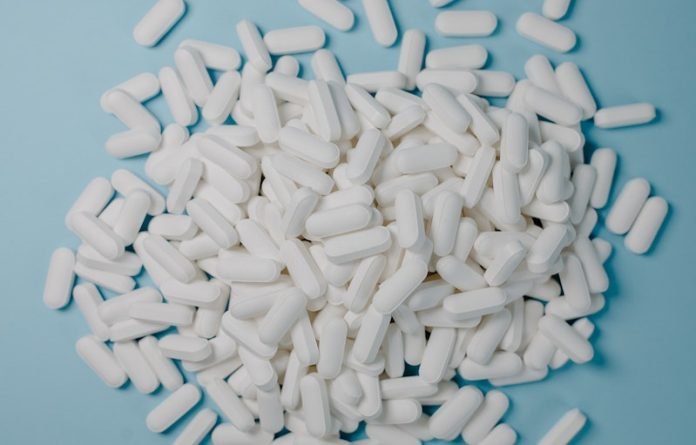
Nearly 70,000 Americans died in 2020 of an opioid overdose—most of them from the synthetic opioid fentanyl, according to the National Institute on Drug Abuse.
In a study from the University of Southern California and elsewhere, scientists found the most abundant element on Earth—sodium—may hold the key for scientists to develop opioids or other drugs with far fewer side effects.
They found that by chemically linking fentanyl to the sodium pockets that exist within nerve cell receptors, they could block the drug’s harmful side effects and still reduce pain.
Further study is needed, but the results hold promise—not just for drug development but for addressing the nation’s crisis of addiction and overdose.
In 1990s, the Food and Drug Administration approved the use of fentanyl to ease severe pain in cancer patients, but it has since made its way into the streets, worsening the national crisis of opioid abuse.
In the new study, researchers looked at the potential of the sodium mechanism since they first identified it within adenosine and opioid receptors about a decade ago.
They say that although further study is needed to prove that their less harmful version of fentanyl will work in humans, the results have opened a new door for scientists to potentially improve the safety of painkillers.
Scientists have been looking for ways to maintain the analgesic effects of opioids, while avoiding dangerous side effects such as addiction and respiratory distress that too often led to death.
The new research is still in its early stages, but they are excited about its potential for leading to safer pain-relieving drugs.
If you care about pain, please read studies about why people with red hair respond differently to pain than others, and what you need to know about chest pain.
For more information about pain, please see recent studies about how to manage your back pain, and results showing Medical cannabis may help reduce arthritis pain and back pain.
The study was conducted by Vsevolod Katritch et al and published in Nature.
Copyright © 2022 Knowridge Science Report. All rights reserved.



